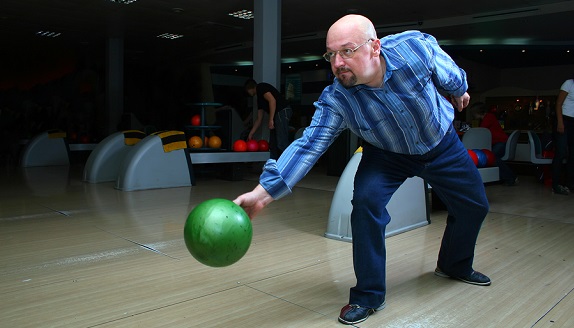 If you visit a bowling alley and watch the bowlers, there are a few things you might see. There will probably be the big guy with a loud voice, throwing the ball as fast as he possibly can. There might be the trendy lady who doesn’t want to bend too much because her pants are too tight. You might see the five year old; who walks up to the line, bends over, and pushes the bowling ball.
If you visit a bowling alley and watch the bowlers, there are a few things you might see. There will probably be the big guy with a loud voice, throwing the ball as fast as he possibly can. There might be the trendy lady who doesn’t want to bend too much because her pants are too tight. You might see the five year old; who walks up to the line, bends over, and pushes the bowling ball.
All of these bowlers start with the same chance of getting a strike, but the likelihood of succeeding is all in their style.
Leadership is a lot like bowling, it takes… style. You need to be able to identify your style, and adjust for each situation. Using the big bowler as an example, his first throw down the alley might result in nine pins knocked down, leaving only one. If he uses the same approach with his second toss, he might miss completely. He will have a much better possibility of success if he slows down and focuses on the remaining pin.
When leading, take a few moments periodically and reassess the style you are using. It could be that what worked at the beginning of a project, is not the style that is needed in the middle or the end of a project. Keeping a team focused and enthused about their goal takes effort, and needs a bit of adjustment now and again. As teams mature, the style needed to lead them will also change.
What style works for you?




 Some events have transpired recently that made me stop and ponder this topic of leading when one is not a leader. I am not referring to the process of becoming a leader or learning the skills to become a leader, although following these precepts will certainly help one to become a better leader. I am referring to the scenario of being a part of a team, group, or unit and not actually being the designated leader of that entity. I have come across this in the accountability groups I have run and have put a lot of thought into the successful groups and projects I have been a part of.
Some events have transpired recently that made me stop and ponder this topic of leading when one is not a leader. I am not referring to the process of becoming a leader or learning the skills to become a leader, although following these precepts will certainly help one to become a better leader. I am referring to the scenario of being a part of a team, group, or unit and not actually being the designated leader of that entity. I have come across this in the accountability groups I have run and have put a lot of thought into the successful groups and projects I have been a part of. 